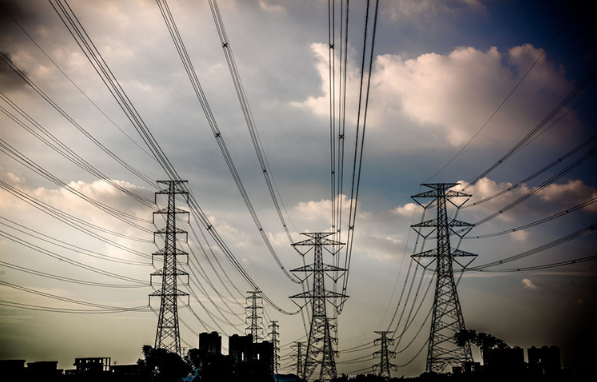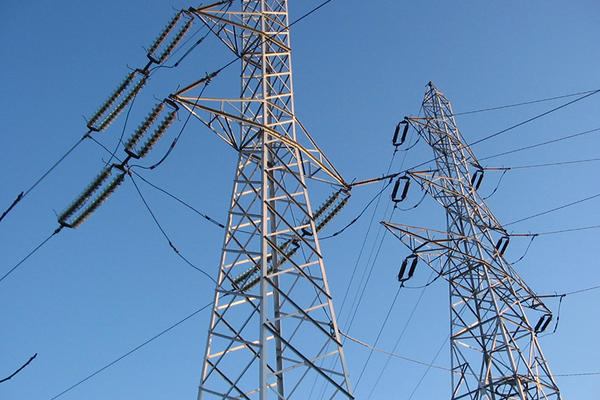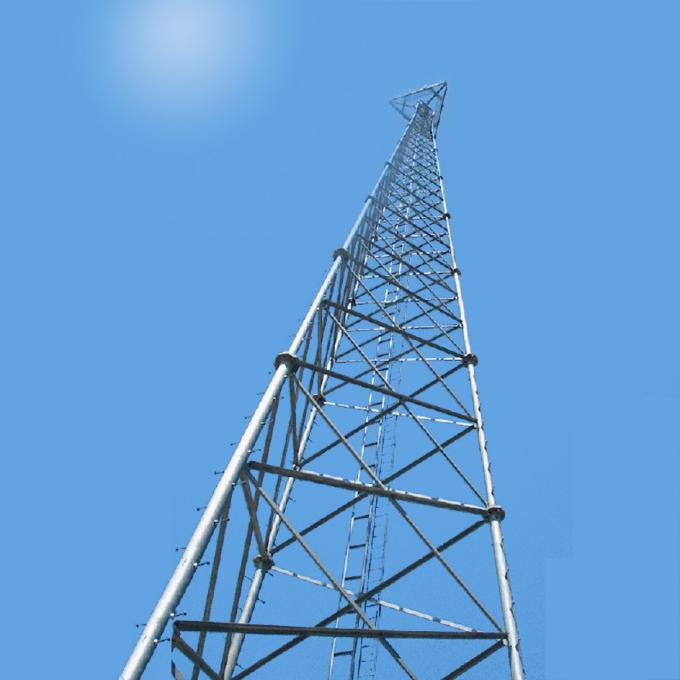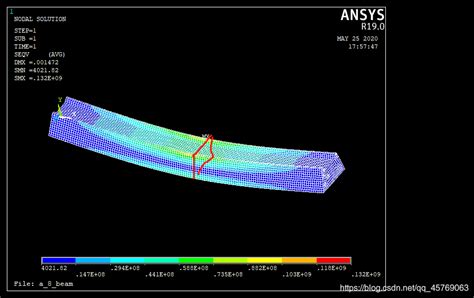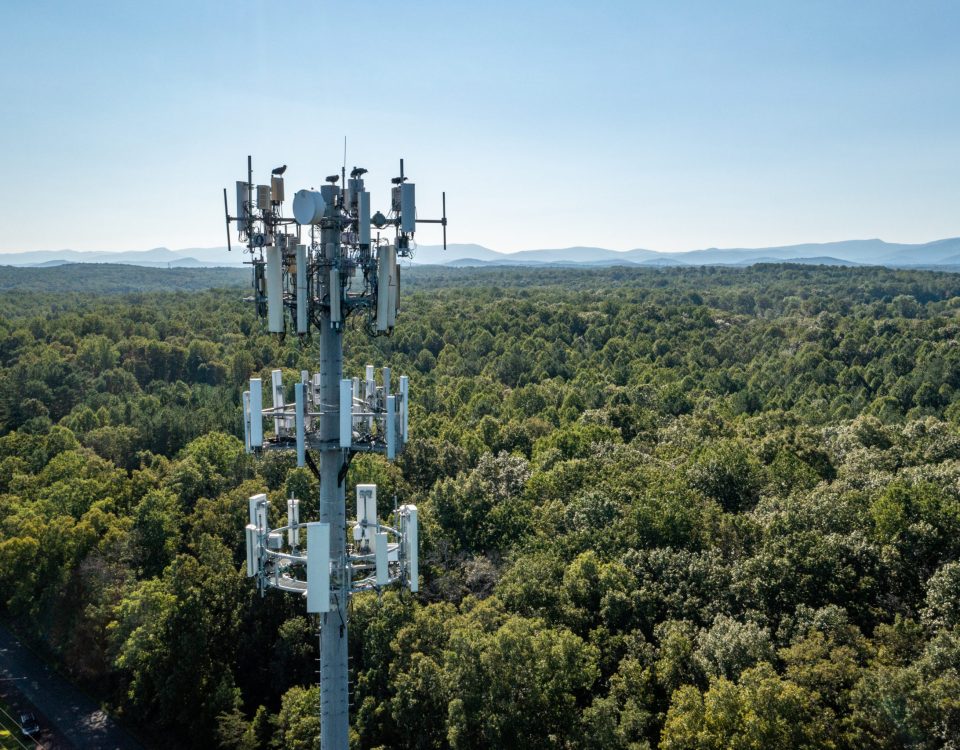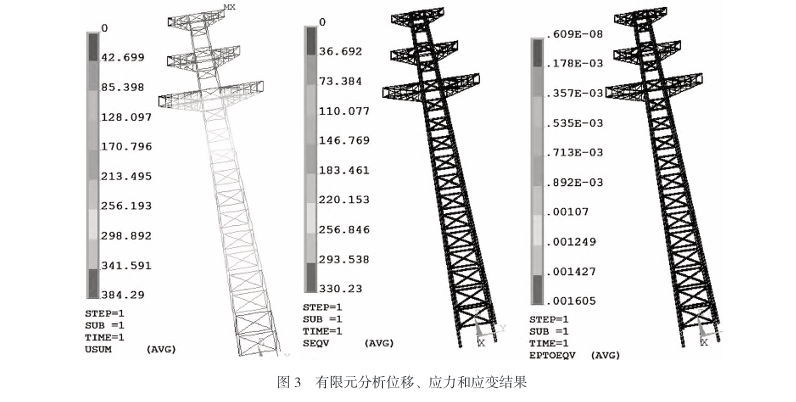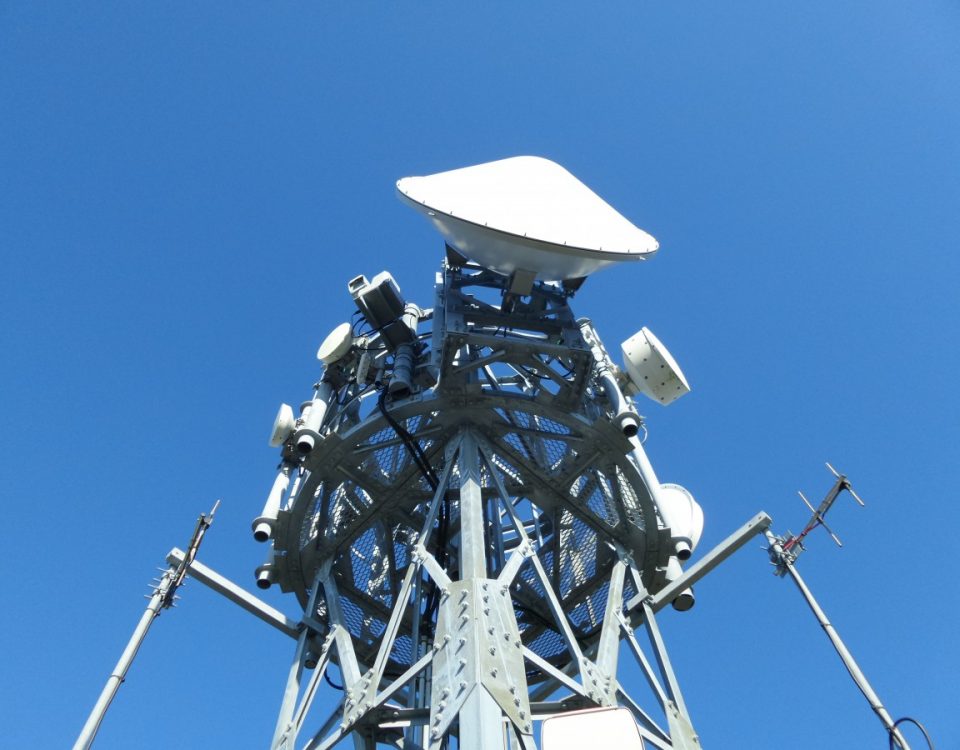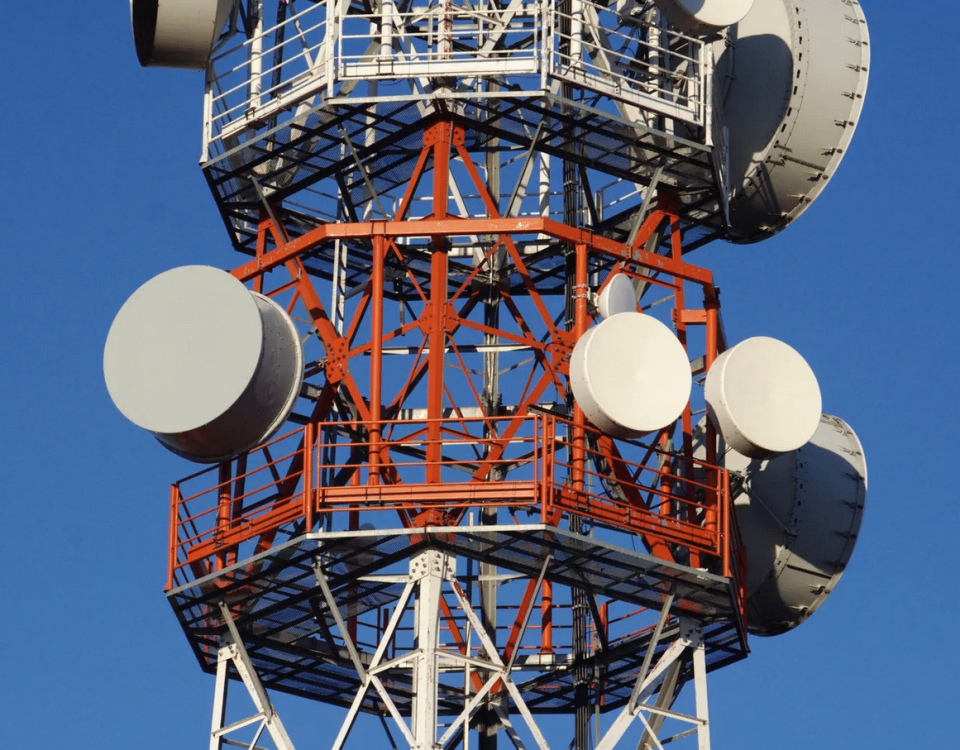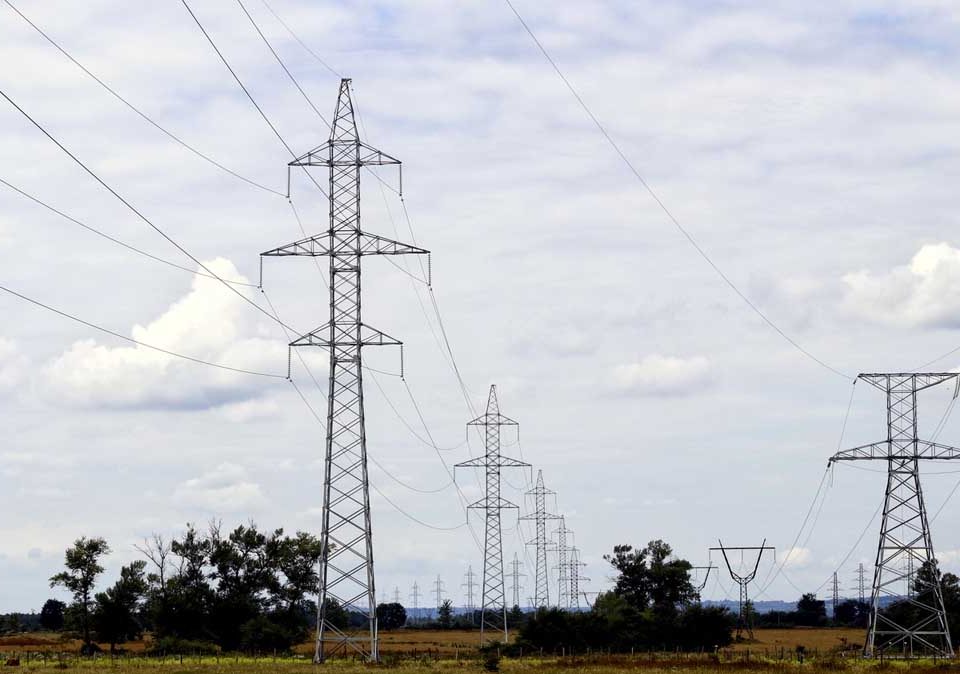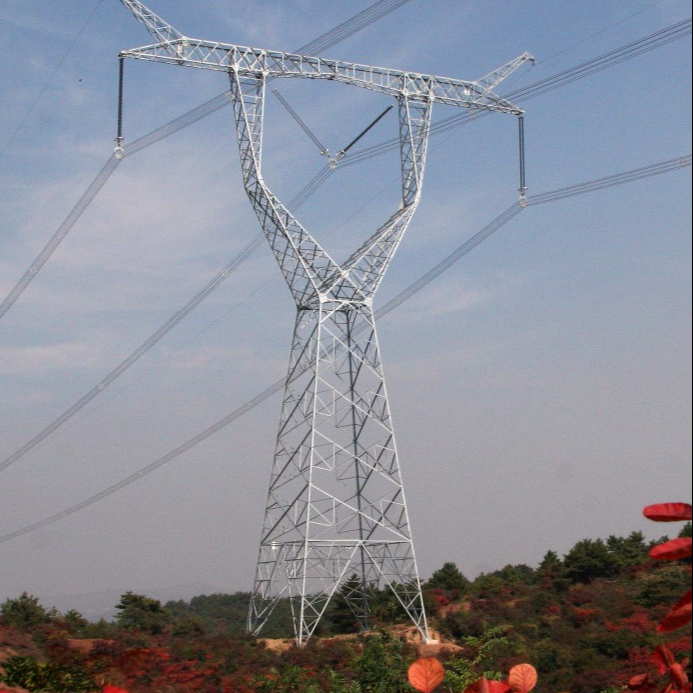
Single Circuit Angle Steel Power Transmission Line Tower
March 22, 2019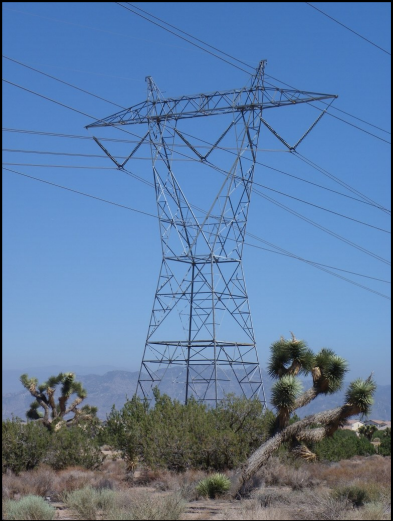
What Is The Science Behind Electric Transmission Lines Tower?
July 23, 2023What are different types of towers used in power transmission system?
Transmission towers are structures that support overhead power lines, also known as transmission lines, used to transmit electrical energy over long distances. There are several types of transmission towers, each designed to cater to specific needs and requirements. Some common types include:
-
-
Lattice Tower: Lattice towers are the most common type of transmission tower. They consist of a steel framework of multiple steel bars connected together, forming a lattice-like structure. These towers are cost-effective and have a relatively lower visual impact compared to other types.
-
Tubular Steel Pole Tower: These towers consist of a single, tapered steel pole or multiple steel tubes joined together. The steel poles are hollow, making them lighter and more economical than solid poles. They are often used in urban areas due to their sleek appearance and lesser right-of-way requirements.
-
Monopole Tower: Monopole towers are single, vertical steel poles with a smaller footprint compared to lattice towers. They are often used in urban and suburban environments where aesthetic concerns and land availability are important factors.
-
Guyed Tower: Guyed towers consist of a single vertical mast supported by a system of guy wires, which are anchored to the ground or other structures. They are lightweight and cost-effective but require a larger area for installation due to the tensioned guy wires.
-
Suspension Tower: Suspension towers are used to support the conductors (power lines) in a horizontal or slightly inclined position. They are designed to allow the conductors to swing freely in the direction of the line, which helps accommodate the natural movement of the conductors due to wind, temperature, and other factors.
-
-
Tension Tower: Tension towers, also known as angle or strain towers, are used where the transmission line changes direction or elevation. These towers are designed to withstand higher mechanical loads compared to suspension towers.
-
Dead-end Tower: Dead-end towers, also known as anchor or termination towers, are used at the end of a transmission line or at points where the line needs to be anchored to prevent excessive movement. These towers are designed to withstand high mechanical loads as they support the entire tension of the transmission line.
Each type of transmission tower has its own advantages and limitations, and the choice of tower depends on factors like terrain, conductor configuration, voltage level, and aesthetic considerations.
Related posts
The analysis of the bearing capacity of a power transmission line steel tower highlights the complexity and importance of structural and foundation design. By understanding the interplay of loads, material properties, and environmental factors, engineers can optimize tower performance and ensure reliability in power networks. Tables and case studies further illustrate best practices and design considerations.

